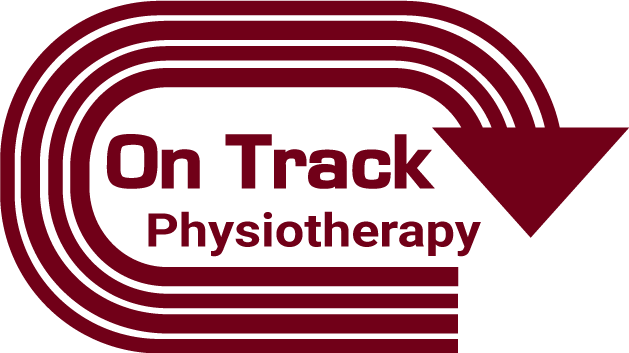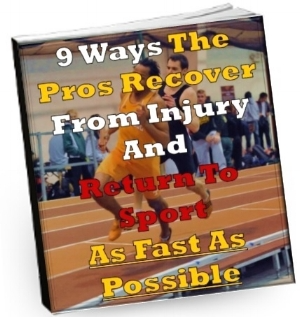Ann Arbor, Mi – Maybe you have heard of Osgood Schlatter Disease, Patellofemoral Pain Syndrome, Patellar Tendinitis or “Jumper’s Knee” before? These diagnoses are very similar, and are common diagnoses given to athletes or active individuals of all ages. Osgood Schlatter’s Disease is a diagnosis commonly given to children, to boys between the ages of 12-15 and girls between the ages of 8-12. This is generally due to the rapid changes in body composition these adolescent children are experiencing in conjunction with increased participation in sports1.
Patellofemoral Pain Syndrome is a fancy way of saying that the kneecap (patella) is having issues tracking properly across the knee joint, thus causing your pain. More on this a little later.
Patellar Tendinitis or “Jumper’s Knee” explains everything you need to know in the title about one of the possible causation factors. Sports involving dynamic activity such as jumping, bounding, plyometrics, and change of direction inherently places you at a higher risk for developing this type of painful experience. However, it is also very possible to manifest itself in the general population as well, with frequent bouts of activities such as squatting, lifting, or carrying objects up and down stairs.
Related Article: Is Plyometric Training Causing Knee Injuries?
All these types of diagnoses tend to have very similar limitations and symptoms, and error on the side of overuse injuries. No matter your age or activity level, a painful experience can generally be explained by a sudden increase in activity that your body was not prepared to handle, or an accumulation of repetitive physical stress without ample rest.
With that being said, there are usually very predictable limitations that occur in the body which predispose an individual to any of the previously mentioned injuries. In most cases, when these limitations are addressed and external causation factors are managed properly, the outcomes tend to be very positive.
Maybe you have noticed that most of these diagnoses make mention of the patella. In fact, one of them actually has a syndrome named after it (Patellofemoral Pain Syndrome and Patellar Tendinitis). Unfortunately for the patella, it is the most prominent and superficial part of the knee. As such, it usually takes the brunt of the criticism for causing knee related pain. However, if we take a deeper look into how the body operates, we understand that the patella really is just the result of an underlying positional problem. Understand that the patella is just a sesamoid bone (free floating), that rides on the groove of the femur as it connects to the tibia to create leverage in the quad muscle.
The common analogy used for the patella is that it acts like a “train” that rides on the “tracks” of the femur. If the femur or “track” is in a poor position, then the patella cannot run properly across its groove. This analogy holds true not just for Patellofemoral Pain Syndrome, but rather every one of the diagnoses mentioned (Osgood Schlatter’s Disease, Patellar Tendinitis/Jumper’s Knee). If a person is unable to maintain proper position with various demands the body may encounter, then a lot of torque is placed on the knee and patellar tendon, which may result in a painful experience over time.
We all know the function of the knee is to bend because it’s a hinge joint. However, it also has rotational capabilities because of the hip and the ankle. This rotational component from the hip and ankle when functioning on all cylinders is how the knee absorbs forces. Without it, the adaptability of the knee is minimal. Think about hitting a pothole with your car. Without shocks, chances are your car goes out of commission pretty quick.
As part of a physical therapy treatment, we can perform different manual techniques such as taping, active release, IASTM or dry needling that can help modulate pain. However, if we never address other limitations above and below the knee joint, then pain may remain or linger much longer than necessary. This is why a detailed assessment is required, so specific interventions can be given to restore optimal function and abolish pain.
At On Track Physical Therapy, we provide a one-on-one treatment approach unlike any other. Full one-on-one, uninterrupted hour long treatment sessions with a Doctor of Physical Therapy at every appointment. This allows for detailed assessments and frequent reassessments during the treatment session, to ensure we address the issue appropriately.

About the Author: Dr. Greg Schaible is a physical therapist and strength coach specializing in athletic performance. He attended The University of Findlay as a student athlete. As an athlete he competed in both Indoor and Outdoor Track & Field where he earned honors as a 5x Division II All-American and 6x Division II Academic All-American. In 2013 he completed Graduate School earning his Doctorate of Physical Therapy (DPT). Greg is the owner of On Track Physical Therapy in Ann Arbor, Mi. Follow On Track PT and Performance on Facebook.



